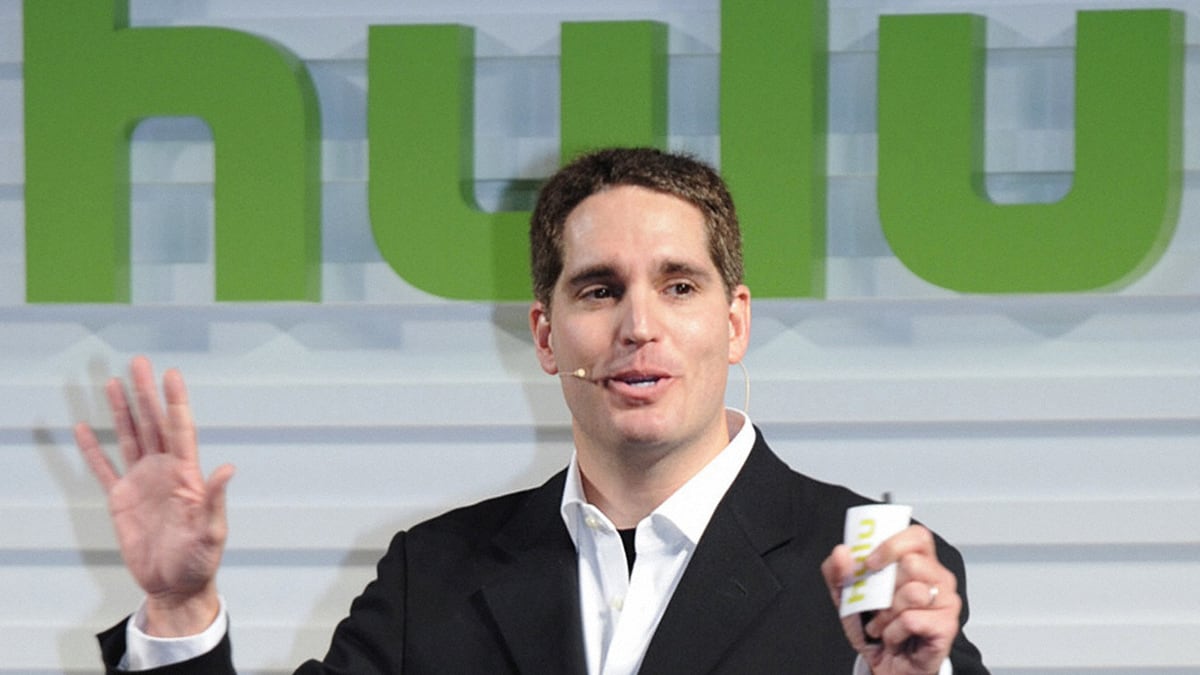Maybe the next original series Hulu creates should be a Western.
This week, the streaming-video service announced a slate of 10 exclusive shows coming to its platform this summer—one of the most aggressive moves yet in a land grab that is taking place among the pioneers of Internet video. Netflix has now green-lighted five premium series, and earlier this month, Amazon unveiled Amazon Studios, its first foray into original video. At YouTube, Google is plowing $100 million into launching 100 channels, with the goal of creating more content than there are hours in the day to watch.
In the hypercompetitive community of TV creation, where fortunes are made and programs are killed without mercy, online is where the action is. “The phrase that I keep hearing a lot is that it’s the Wild West,” says J.D. Walsh, the showrunner behind the original Hulu series, Battleground. “And I think that it is the Wild West. What that connotes to me is that nobody really knows what the rules are, what’s going to be stable, or who is going to [emerge as] the leaders. But even within the Wild West, you did have some major cities—and that’s what you’re seeing with these platforms.”
Hulu, Netflix, Amazon, and YouTube are all taking a unique approach to original programming on the Web. Their differing bets—on such questions as quantity, polish, advertising versus subscriptions, nudity, and more—provide a hint of what the future of “television” will resemble.
Hulu, which is jointly owned by the legacy television networks, is coming to resemble a broad-interest network with catholic tastes. Of the 10 series announced this week, three are wholly original to Hulu, and they run the gamut: there’s Spoilers, a kind of movie club hosted by Kevin Smith (Clerks); Up to Speed, a travelogue by Richard Linklater (Dazed and Confused); and We Got Next, a “bro-mantic comedy” about a pickup basketball clique. The other seven titles, for which Hulu bought exclusive streaming rights, involve everything from teen pregnancy to the British clergy to a faux-gritty mockumentary set on an elementary-school playground.
Andy Forssell, the executive in charge of content—and a $500 million annual budget—says he has no idea how many titles Hulu will come to produce in the coming years. “We’re quality-gated,” he said in a recent interview. “There’s no quota that I want to go hit. We don’t have a set number of hours to fill, like a lot of traditional networks do—that’s actually an advantage I want to jealously guard.”

One thing Hulu’s original titles will never depict, though, is nudity. That’s in part because a significant portion of the company’s revenue comes from advertising.
That provides an easy point of comparison with Netflix, which has sought to reposition itself as the HBO of the Internet, home to premium dramas and comedies that viewers are used to finding on pay-tier cable channels. That includes the promise of gore—horror auteur Eli Roth is developing a werewolf series titled Hemlock Grove—and, when appropriate, boobs. In April, at an event in Las Vegas that offered a first look at Netflix’s original programs, much was made of the shower scenes to come in Orange Is the New Black, a comedy set in a women’s prison.
The first Netflix series, Lilyhammer, premiered in the United States in February, and four more will come in 2013, including the $100 million drama House of Cards, with a pilot directed by David Fincher (The Social Network) and Kevin Spacey in the lead role. While Hulu plans to release episodes of its programs week by week, as the broadcast and cable networks do, Netflix will make whole seasons available to stream at once, a competitive advantage in courting the most artistically demanding writers and directors.
Amazon is far behind Hulu and Netflix’s leads, having only just unveiled its Amazon Studios division in early May. But its model is intriguingly disruptive, and of a piece with the company’s dotcom and retail roots. While Hulu and Netflix are hobnobbing with Morgan Spurlock and Jenji Kohan, Amazon is crowd-sourcing its production process, soliciting pilot scripts from the general public.
After a 45-day option period, Amazon will offer chosen artists $10,000; if the series makes it to the Amazon Instant Video service, creators get $55,000 and up to 5 percent of the proceeds from toy and T-shirt sales. And for now, Amazon is taking the opposite of Hulu’s kitchen-sink approach to genre, asking for pitches specifically in comedy and children’s programming.
Then there’s YouTube, with the deep pockets of Google and a deeper commitment to the messy, anything-goes world of user-generated Web video. Its 100 subsidized channels will feature sports talk, family fare, self-help, and virtually everything else users expect of the YouTube jungle. These episodes will be Web-sized—a couple of minutes each, instead of the familiar 22-minute blocks that will be found on Amazon—and creators will get a cut of Google’s advertising.
Why are these online video giants all rushing into original content? A number of factors play a role. With more homes gaining access to broadband Internet—and higher quality feeds—the audience for streaming is reaching a critical mass. Viewers have more choices about where to watch video, too—Friday Night Lights is available on Amazon Instant, Netflix, Hulu, Apple’s iTunes, and other services. As these libraries get more similar, the streaming companies have only two options for differentiating themselves: either pay through the nose for exclusive deals, or put that money toward great original programming.
The talent is ready. “A year ago, it was difficult to have people audition for our show because they just thought, ‘Oh, it’s just going to be on the Internet,’” says Battleground’s Walsh. “Now we don’t have that problem anymore.”






